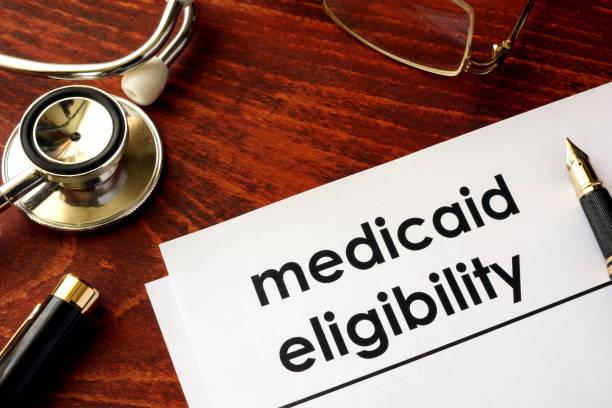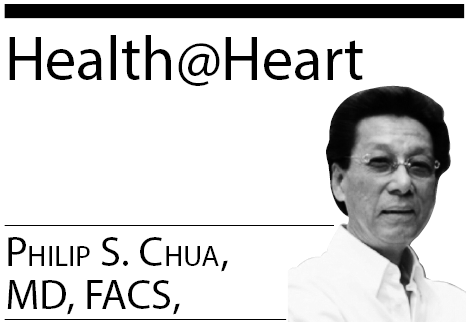DO you snore?
Between 25 to 50 percent of adults snore regularly, and occasional snoring is almost universal. If one snores and wakes up tired and feeling sleep-deprived most of the days, it could be Obstructive Sleep Apnea (OSA).
The National Sleep Foundation estimates about 20 percent of adults in the United States (at least 6 percent in the Philippines; countless undiagnosed) have OSA. Not all snorers have sleep apnea. OSA is caused by the drooping soft end of the roof of the mouth and the tongue falling back, blocking the airway. This leads to prolonged breath-holding, sometimes more than 100 times a night, depriving the body of oxygen. OSA increases the risk for heart disease, stroke, Alzheimer’s, diabetes, and even cancer, because of chronic oxygen deprivation of vital organs during sleep, which is 33 percent of the person’s life. Early diagnosis is essential and confirmed by a Sleep Study conducted by a pulmonologist (lung specialist). A home (DIY) version of the test is now available.
If one tests positive for OSA, CPAP (Continuous Positive Airway Pressure) therapy, the golden standard of care for OSA, is the treatment of choice. The various gadgets being advertised, like nose clips or anti-snore mouthpieces and others are a scam, ineffective, a waste of money, and dangerous because they give a false sense of security as the OSA continues anyway.
If you feel sleep-deprived, talk to your physician about Sleep Study. This wise step could change your life.
Microplastic in our brain
A rapidly evolving area of science is exploring the link between microplastics and health, particularly focusing on brain health, reports the journal Brain Medicine. The brain harbors 7 to 30 times more plastic particles than other organs.
Plastic slowly breaks down into ever-smaller fragments and does not biodegrade, ever. Plastic wraps and packaging, bottles, containers, dinner plates, cups, etc., eventually become microscopic debris, called microplastics, which all animals on earth swallow or breathe in.
“Emissions of microplastics to the environment are estimated to be between 10 and 40 million tonnes per year, and under business-as-usual scenarios, this amount could double by 2040.”
Experts are worried these microplastics in the blood might have adverse effects on our brain and other organs, on fertility and on our gut microbiome. “People who died in 2024 had, on average, 50 percent more microplastics in their brain than those who expired in 2016.”
Avoiding them is impossible but some science-based means to reduce exposure include switching from bottled water to 5-stage filtered tap water, which could reduce the intake of microplastics from 90,000 each year to 4,000.
Bottled water was the second greatest source, the first being the air we breathe in, and seafood, the third. These 3 account for the large majority of the sources of microplastic in our body.
Boiling tap water and pouring it through coffee filters could remove up to 90 percent of the microplastics. Drinking boiled water is a time-honored Chinese tradition since the Zhou dynasty 2,500 years ago.
A teabag in hot water releases well over 14 billion microplastics into the final drink. Switching to loose-leaf teas and a good old-fashioned tea-strainer would be safer.
Our greatest exposure happens at home. Anything made of nylon or polyester, clothes, saran wrap, curtains, carpets, furniture, pet toys, cushions. styrofoam, etc. shed microplastics all the time. Sweeping and vacuuming often and installing a microfiber-catching filter to laundry machines and dryers, and using natural fibers instead of synthetics for rugs, curtains, etc. will greatly reduce exposure. Never heat or microwave foods in plastic containers or plates. Do not use plastic packaging, even in the refrigerator/freezer, utensils, straws, pans, and using glass, wood, cotton, bamboo, instead. Cosmetic products and microbeads contain plastic chemicals, like phthalates.
Plastic bags and straws are now being replaced by paper bags and straws. In many cities in the Philippines, this practice is mandated by ordinances.
Medical science is still studying the health effects of microplastics in our body. The verdict is still out there.
It will take decades, perhaps half a century or more, for the earth to be plastic-free, if ever, or if at all. In the meantime, let’s be smart and prudent.
AI ‘hallucinations’
Artificial Intelligence “hallucinates,” an ability to sometimes generate alternative realities, resulting in meaningless, perceive patterns or objects that are non-existent or imperceptible to human observers, or entirely inaccurate results or wrong information. The incidence of “hallucinations” is between 3 to 27 percent.
Some incidents include “an AI system incorrectly flagging benign nodule as malignant in 12 percent of cases, leading to unnecessary surgeries.” The AI hallucination was also reported fabricating entire patient summaries, including non-existent symptoms and treatments, or mistakenly identified false drug interactions, making clinicians avoid effective drug combinations unnecessarily.”
This AI error can cause misdiagnosis and wrong treatment. In view of this, reliance on AI in medicine is being treated with extreme care with tight human (physician) oversight.
AI hallucination is not all bad. AI-generated unrealities are helping advance scientific research, from cancer tracking to drug development, designing medical devices, and studying weather patterns, and could contribute to future Nobel Prize-winning discoveries in medicine.
God has created the best computer: the human brain, unequalled to this day!
The main objective of this column is to educate and inspire people to live a healthier lifestyle, to prevent illnesses and disabilities and achieve a happier and more productive life. Any diagnosis, recommendation, or treatment in our article are general medical information and not intended to be applicable to or appropriate for anyone. This column is not a substitute for your physician, who knows your condition well and who is your best ally when it comes to your health.
* * *
The opinions, beliefs and viewpoints expressed by the author do not necessarily reflect the opinions, beliefs and viewpoints of Asian Journal, its management, editorial board and staff.
* * *
Philip S. Chua, MD, FACS, FPCS, a Cardiac Surgeon Emeritus based in Northwest Indiana and Las Vegas, Nevada, is an international medical lecturer/author, health advocate, medical missionary, newspaper columnist, and chairman of the Filipino United Network-USA, a 501(c)3 humanitarian foundation in the United States. He is a recipient of the Indiana Sagamore of the Wabash Award in 1995, presented by then Indiana Governor, U.S. senator, and later a presidential candidate, Evan Bayh. Other Sagamore past awardees include President Harry S. Truman, President George HW Bush, pugilist Muhammad Ali, David Letterman, Astronaut Gus Grissom, distinguished educators, scientists, etc. (Wikipedia). Websites: FUN8888.com, Today.SPSAtoday.com, and philipSchua.com; Email: scalpelpen@gmail.com.




